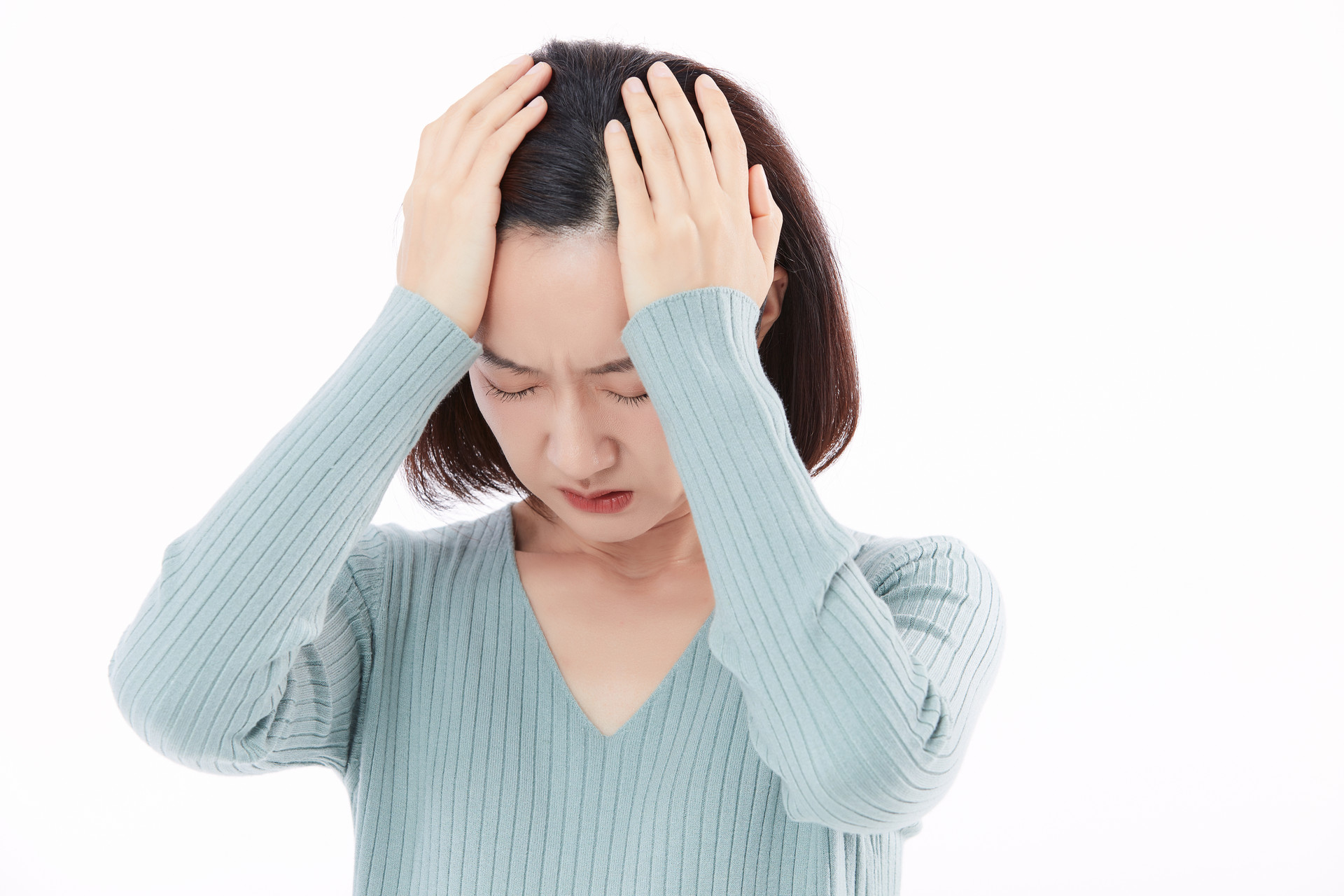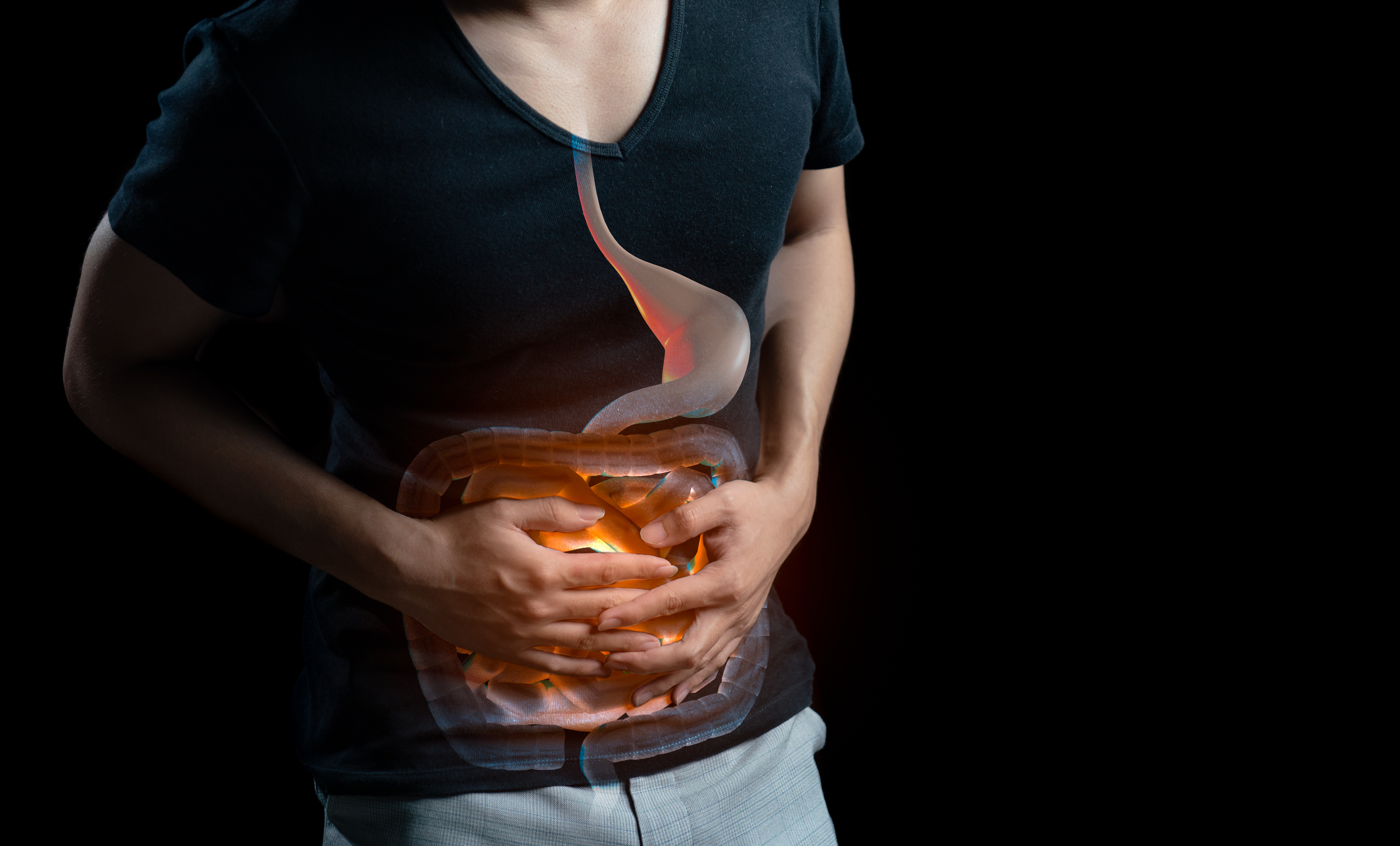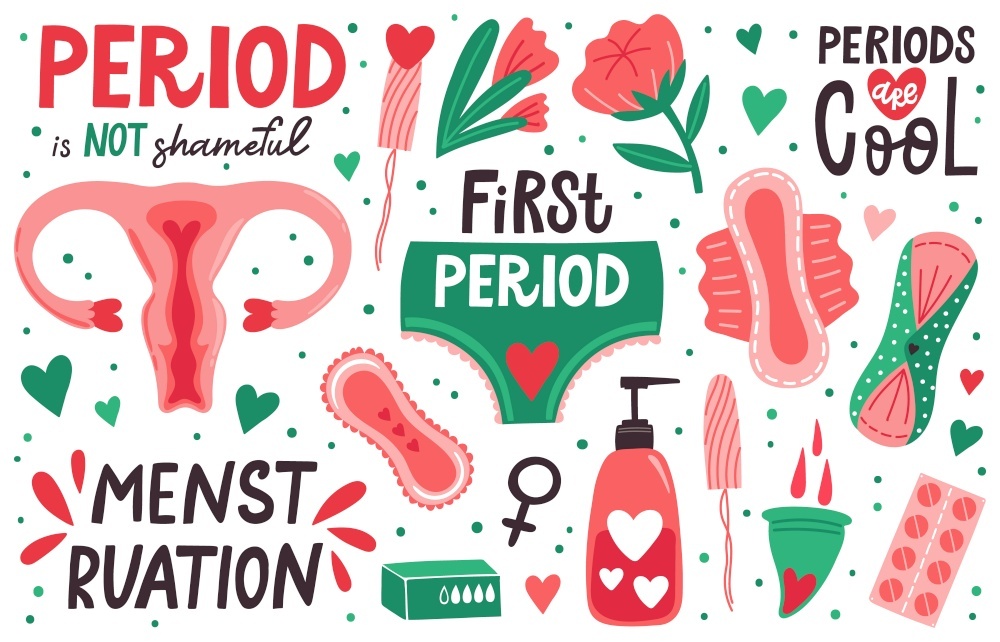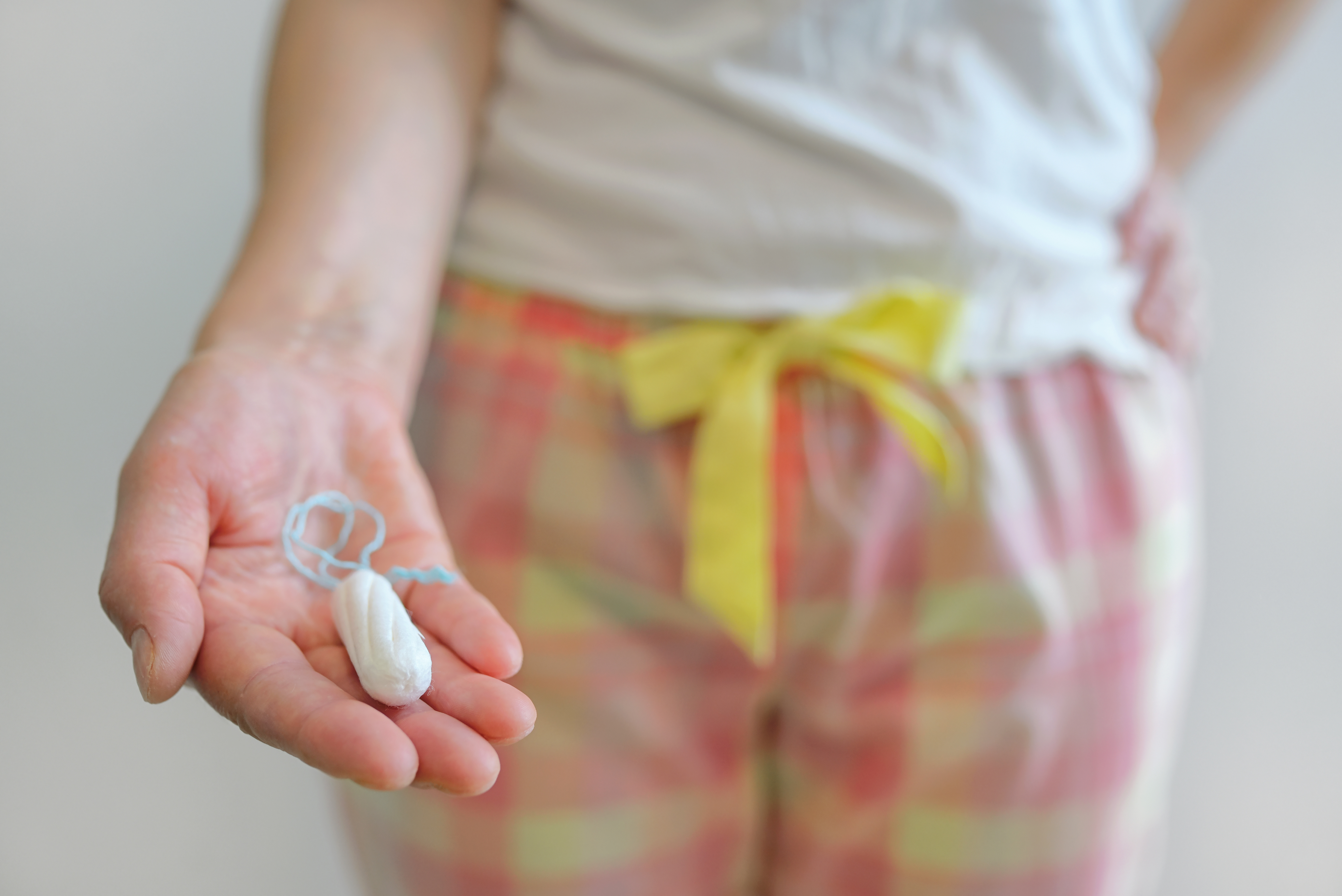The regularity and irregularity of menstruation should be considered from two aspects: the cycle and the amount. The age of the first menstruation varies due to personal physique, genetic factors, and environmental factors for girls in their adolescence. Generally speaking, the age of the first menstruation is mostly between 13 and 15 years old. However, with the improvement of living standards, girls have better overall nutrition, and many girls even have excessive nutrition, so their menstruation may start earlier than most girls.
1. First Menstruation
In modern society, the average age of girls' first menstruation is 12.5 years old. The first menstrual period for girls is called the first menstruation; the first day of bleeding is called the beginning of the menstrual cycle; the interval between the first day of two menstrual periods is called a menstrual cycle, generally 28 to 30 days. A deviation of about 7 days in advance or delay of the menstrual period is within the normal range, and the length of the cycle varies from person to person. Some girls may experience irregular menstruation within the first year or two after their first menstruation. Sometimes it may come early or be delayed or even absent for several months due to insufficient kidney qi. As long as these girls do not have obvious systemic symptoms, their bodies will gradually develop and mature, and their bodies will return to normal on their own. This is a common physiological phenomenon and generally does not require treatment. Therefore, girls don't need to panic about it.
2. Menstrual Cycle
In life, there are also a few women whose menstrual cycle does not follow the monthly pattern, but occurs every two months or three months, or even once a year. The ancients referred to those who menstruate every two months as "bingyue"; those who menstruate every three months as "jujing"; and those who menstruate once a year as "biyearly". There are also a few women who never have menstruation in their lifetime but can still have normal fertility. The ancients called this "an menstrual period". Some women may still have a small amount of menstruation on schedule in early pregnancy, but it does not have any adverse effects on the fetus, which the ancients called "stimulated menstruation". Of course, these are all individual phenomena.
Therefore, when many girls in puberty find themselves experiencing menstrual bleeding, there is no need to panic. This is a signal that the body is developing. As long as you pay attention to some minor issues during menstruation, it will not affect your learning and life.
3. Menstrual Flow
Many girls ask, "How much menstrual flow is considered normal? Is my menstrual flow normal?" It is normal to have such doubts. The amount of menstrual flow is related to women's health and overall physical fitness, so it should not be ignored. Every girl should have a general understanding of her menstrual flow in order to promptly discover certain diseases or discomfort in her body.
Menstrual flow refers to the amount of blood discharged during the menstrual period. The normal amount of menstrual blood is 10-58 milliliters, and individual women's menstrual flow can exceed 100 milliliters. Some people believe that losing more than 80 milliliters of blood per month is a pathological condition, but it is not always the case.
The most bleeding usually occurs on the second or third day of the menstrual period. Due to differences in personal physique, age, climate, region, and living conditions, the amount of bleeding may vary slightly. These are all within the normal physiological range.
It is difficult to determine how much menstrual flow is considered normal. In daily life, we often estimate the amount of menstrual flow based on how many times we change sanitary pads per day. The normal usage is to change four to five times a day on average, and not exceeding two packs (with each pack containing 10 pieces) per cycle. If you use more than three packs of sanitary pads per month and almost every pad is soaked, it means you have excessive dry menstrual flow.
Girls should have a general understanding of their own menstrual flow. If the menstrual flow is excessive or too little, you should go to the hospital to find out the reason, but there is no need to panic.
4. Menstrual Regularity
Menstrual irregularity, also known as menstrual disorders, generally refers to changes in menstruation caused by various reasons, including early or delayed onset of menstruation, changes in cycle, duration, and amount of menstruation. It is one of the most common symptoms of female diseases. Menstrual irregularity can be caused by two main physiological reasons:
1. Dysfunction of the neuroendocrine system. It mainly refers to the instability or defects in the function of the hypothalamus-pituitary-ovary axis, which is called menstrual disorders.
2. Organic diseases or drug reactions. This includes local inflammation, tumors, developmental abnormalities of reproductive organs, malnutrition, intracranial diseases, other endocrine dysfunctions such as thyroid, adrenal cortex dysfunction, diabetes, Cushing's syndrome, liver diseases, blood diseases, etc. In addition, the use of medications for treating mental illness or hormonal preparations may also cause menstrual disorders. Certain occupations, such as long-distance runners, are prone to amenorrhea.
In short, girls in puberty should learn to self-examine. When the menstrual cycle deviates by more than 7 days in advance or delay, the menstrual flow is too little or only drops, or the menstrual flow is too heavy or lasts for more than 5 days, it means that "good friend" is irregular. At this time, you should seek help from elders in a timely manner. This is also the purpose of me sharing this knowledge with girls.












